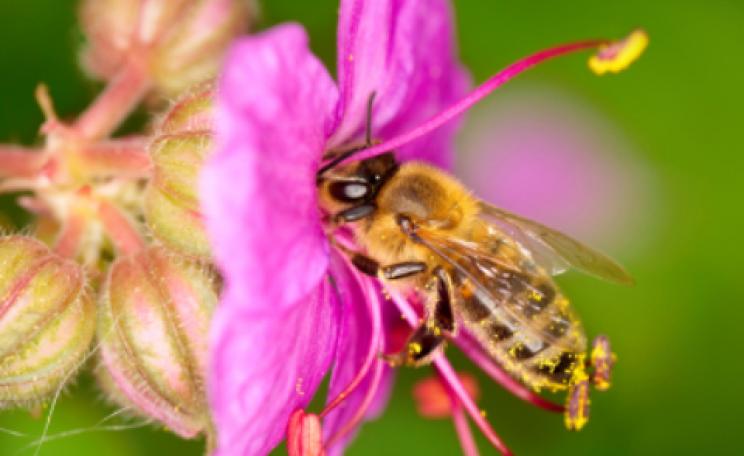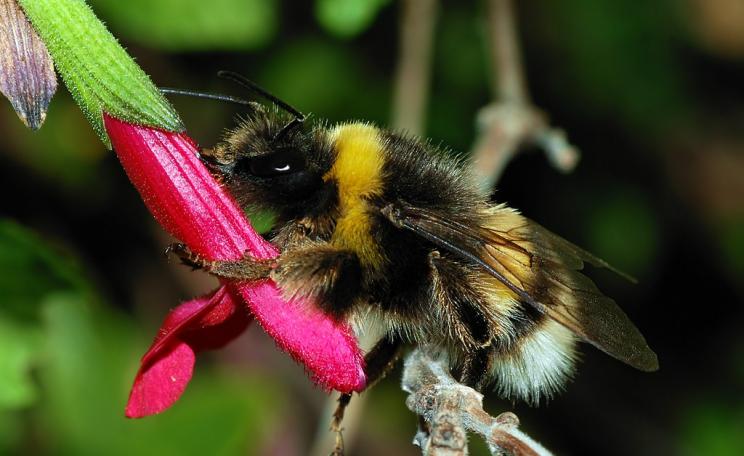Hoverflies are exposed to the same diseases- and may move the infections around when they feed from the same flowers - as the honeybees.
Scientists have identified infectious diseases as a key driver of bee population decline and have shown for the first time the extent to which the diseases are shared with other pollinator groups, in research published this week.
Researchers from Royal Holloway, University of London, Oxford University and Cornell University have shown that viruses that are harmful to honeybees are also present in hoverfly pollinators.
The study suggests that hoverflies are exposed to the same diseases, and may move the infections around when they feed from the same flowers as the honeybees.
Spreading disease
Hoverflies are very mobile - unlike honeybees - and can undertake large-scale annual migrations. Thus the study suggests hoverflies have the potential to spread diseases throughout landscapes, or even across entire continents.
Global declines of insect pollinators jeopardise the delivery of pollination services in both agricultural and natural ecosystems.
Dr Emily Bailes, post doctoral research assistant at Royal Holloway, who led the research, said: “We have seen a decline in bees in the UK for several years, but this study shows for the first time that hoverflies may be moving these diseases much further than bees normally would.
“This is because of their annual migrations across Europe. This could expose local bee populations to new strains of the diseases and make them more likely to become infected, much like different flu strains in humans. We therefore need to think of ways to limit this transfer between species.
Pollinating insects
“What we don’t know yet is whether the hoverflies are just moving the diseases around, or if [the diseases] are also causing harm to the hoverflies. This is important to find out because hoverflies are also extremely valuable pollinators, and several species are known to be in decline.”
During the study, honeybees and four of the most common species of hoverfly were collected from grassland and woodland near Oxford. The samples were screened for the six most common honeybee viruses, of which three were detected in both honeybees and hoverflies.
Professor Owen Lewis, from Oxford University and senior author of the paper, added: “Most people think of honeybees as the main pollinators of our crops and wildflowers.
"However, wild insects such as hoverflies are hugely important too. The new results suggest that the fates of these pollinating insects may be tightly linked, if diseases such as viruses can spread between them.”
This Author
Catherine Harte is contributing editor of The Ecologist. This story is based on a news release from Royal Holloway, University of London.







